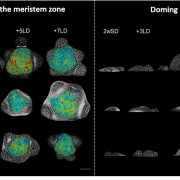
Regulation of shoot meristem shape by photoperiodic signaling and phytohormones during floral induction of Arabidopsis (eLife)
Plant Science Research Weekly
Angiosperms synchronize the floral transition with optimal internal and external conditions such as daylength to maximize reproductive success. Despite the wealth of knowledge on the molecular mechanisms controlling flowering time, little is known about the cellular events that occur as the vegetative…
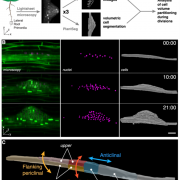
Integration of cell growth and asymmetric division during lateral root initiation in Arabidopsis thaliana (bioRxiv)
Plant Science Research WeeklyLateral roots continually form and develop out of the primary root throughout the plant’s lifetime, enabling the root system to optimize its development to its environment. In this study, Schütz et al. used light-sheet microscopy to generate 4D movies of Arabidopsis lateral root primordia expressing…
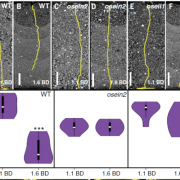
Plant roots sense soil compaction through restricted ethylene diffusion (Science)
Plant Science Research WeeklySoil is the growth substrate for most plants and contributes to their success through factors such as microbial ecology, chemistry and presence of nutrients, and physical properties including how compact it is. With increasing soil compaction (bulk density), roots are less able to penetrate, resulting…
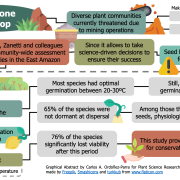
Seed functional traits provide support for ecological restoration and ex situ conservation in the threatened Amazon ironstone outcrop flora (Front. Plant Sci.)
Plant Science Research Weekly
East Amazonian ironstone outcrops host highly diverse plant communities with impressive endemism levels (meaning the plants are found nowhere else), yet they are threatened by large-scale mining operations. As a result, proper conservation and restoration techniques are urgently needed to ensure…
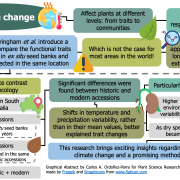
Time travelling seeds reveal that plant regeneration and growth traits are responding to climate change (Ecology)
Plant Science Research Weekly
Increasing our understanding of how plants will respond to climate change is one of our most urgent challenges. However, most approaches require extensive historical records that are not available for most areas. In this paper, Everingham and colleagues compare the regeneration and growth traits…
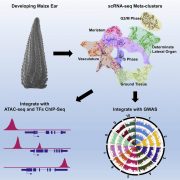
Plant Science Research Weekly: January 15, 2021
WWR Full PostHorizontal genome transfer by cell-to-cell travel of whole organelles
Textbooks tell us that eukaryotic cells acquired first mitochondria and later plastids through assimilation and retention of useful prokaryotes, but textbooks also imply that these were one-off occurrences that happened long ago.…

Recognizing Plant Physiology authors: Najla Ksouri
Plant Physiology, Plant Physiology: Author Profiles
Najla Ksouri, first author of Tuning promoter boundaries improves regulatory motif discovery in non-model plants: the peach example
Current position: PhD candidate at the University of Zaragoza, Spain
Education: Engineer degree in Agronomy, Tunisia & Master of Science in Plant Breeding, Zaragoza,…

Recognizing Plant Physiology authors: Tianli Tu
Plant Physiology, Plant Physiology: Author Profiles
Tianli Tu, co-first author of Coordinated Cytokinin Signaling and Auxin Biosynthesis Mediates Arsenate-induced Root Growth Inhibition
Current Position: Ph.D student in State Key Laboratory of Crop Biology, College of Agronomy, Shandong Agricultural University, China
Education: MSc in Developmental…
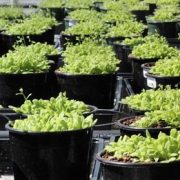
Outreach during a global pandemic: The ABRC’s shift to a virtual format
BlogWritten by Courtney Price, Education & Outreach Specialist for the Arabidopsis Biological Resource Center and the Center for Applied Plant Sciences, Graduate Program Coordinator for the Translational Plant Sciences Graduate Program, The Ohio State University.
Though information about the COVID-19…

